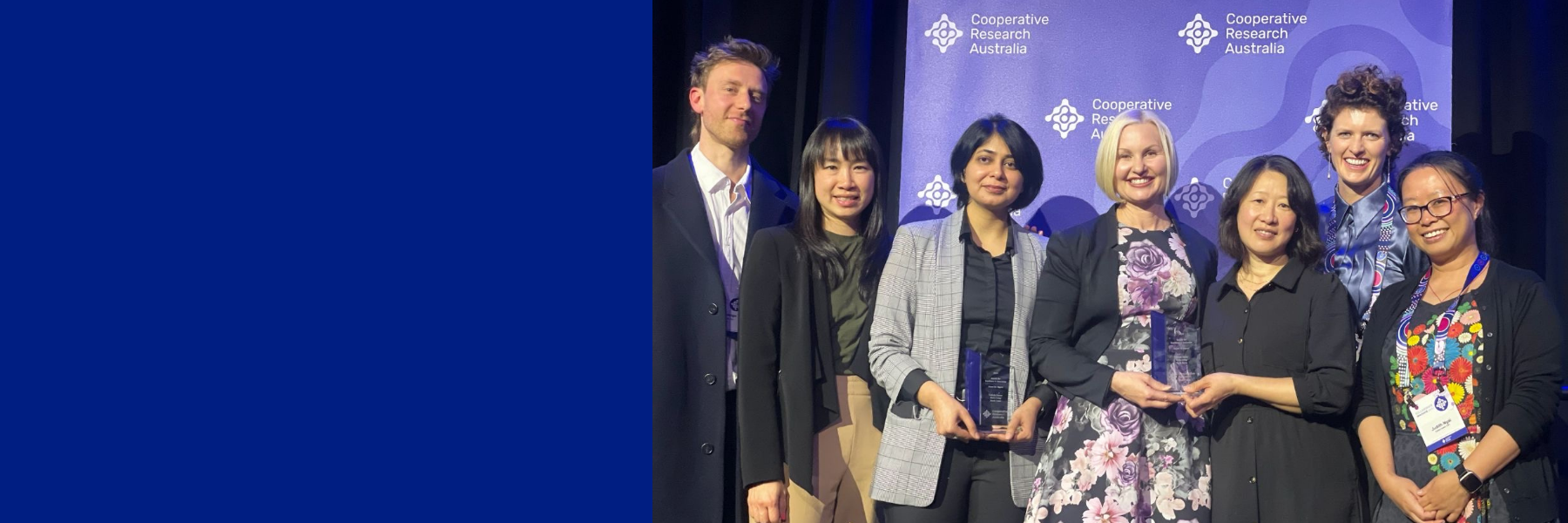The innovation reliably detects deterioration in frail aged care residents, marking the introduction of clinical decision support software to predict deterioration – already used in acute care settings – into aged care.
The tool has the capacity to automatically monitor both structured and free-text electronic patient records for 36 evidence-based indicators of deterioration, making it the most reliable tool of its kind developed to date.
As well as providing aged care staff with a frailty index for each resident, the system can also identify specific alerts for their risk of falls, depression and mortality.
Data scientist and RMIT project lead Dr Tabinda Sarwar said the complex project involved solutions for different aged care homes, each with their own workflows and expectations for streamlining of tasks.
“We’re proud of how we overcame these challenges to develop solutions that have the capacity to impact more than 60,000 elderly residents in Australian aged care homes,” she said.
The research team worked with gerontologists and aged care staff to interpret historical data and develop new predictive analytics techniques, as well as adapting existing decision support methods from the acute care sector.
The tool has undergone clinical validation and usability studies by nursing staff from multiple aged care facilities.
“It was only through this collaboration that we could gain the valuable insights to ensure our solutions were practical, effective, and tailored to real-world needs,” Sarwar said.
Telstra Health’s Chief Health Officer, Dr Monica Trujillo, said the tools have the potential to substantially improve the monitoring protocol for aged care home residents without putting any extra burden on nursing staff.
“This type of innovation, which has been standard practice for so long in hospital settings, is long overdue in the residential aged care sector and has enormous potential to uplift the safety and quality of care provided to residents,” she said.
“Technical barriers have historically prevented automatic analysis of data from free-text notes and assessments in electronic records. However, with the advent of natural language processing and machine learning this is now achievable and, most importantly, can be done without placing additional demands on already overburdened staff working at the coalface of residential aged care.”
Integration of the new algorithms into Telstra Health’s Clinical and Care Management software is now being planned.
Digital Health CRC CEO Annette Schmiede said the Australian-first innovation demonstrated how routinely collected data could be used to ensure elderly people received the care they deserved while easing growing demands on healthcare providers.
“Australia has a rapidly ageing population. Innovative digital health tools, like the one developed by RMIT and Telstra Health, can ensure that aged care residents are receiving timely, personalised care and reduce the incidence of stressful and costly emergency interventions,” Schmiede said.
“Bringing together data scientists, clinical and care staff and patients to address this issue is what digital health innovation is all about.”
Cooperative Research Australia’s Excellence in Innovation Awards held in Brisbane showcased the positive impact of Australia’s established industry-research collaborations.
CEO of Cooperative Research Australia, Jane O’Dwyer, said the translation of research into commercial, economic, social and environmental outcomes is key to driving future prosperity.
“We congratulate all winners of our Excellence in Innovation Awards and commend them on their efforts to help position Australia as a global leader in several fields,” she said.

 Visit
Visit 
